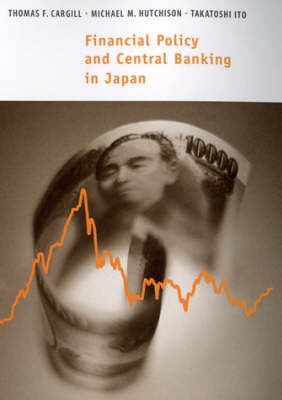Japan's financial institutions and policy underwent remarkable change in the past decade. The country began the 1990s with a heavily regulated financial system managed by an unchallenged Ministry of Finance and ended the decade with a Big Bang financial market reform, a complete restructuring of its regulatory financial institutions, and an independent central bank. These reforms have taken place amid recession and rising unemployment, collapsing asset prices, a looming banking crisis, and the lowest interest rates in the industrial world.This book analyzes how the bank-dominated financial system--a key element of the oft-heralded "Japanese economic model"--broke down in the 1990s and spawned sweeping reforms. It documents the sources of the Japanese economic stagnation of the 1990s, the causes of the financial crisis, the slow and initially limited policy response to banking problems, and the reform program that followed. It also evaluates the new financial structure and reforms at the Bank of Japan in light of the challenges facing the Japanese economy.
These challenges range from conducting monetary policy in a zero-interest rate environment characterized by a "liquidity trap" to managing consolidation in the Japanese banking sector against the backdrop of increasing international competition.
- ISBN10 0262032856
- ISBN13 9780262032858
- Publish Date 3 January 2001 (first published December 2000)
- Publish Status Active
- Out of Print 19 March 2014
- Publish Country US
- Publisher MIT Press Ltd
- Imprint MIT Press
- Format Hardcover
- Pages 206
- Language English
